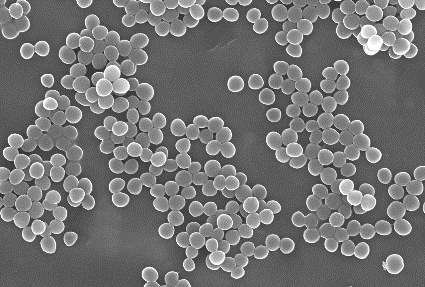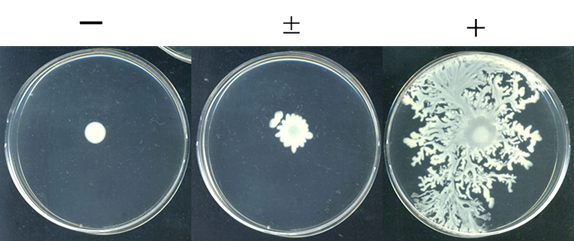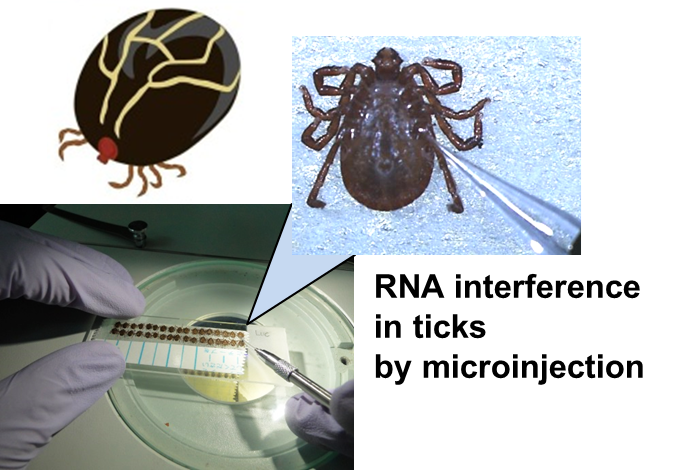Research
1. Research on pathogenic and drug-resistant bacteria
In this research, we are conducting research on the spread of pathogenic genes (epidemiological surveys) and characterization of pathogenic microorganisms, which will lead to control infectious diseases caused by these microorganisms.
Among the wide variety of microorganisms, only a small percentage are disease-causing. Those microorganisms that are harmful to humans and animals are called “pathogens”. The difference between pathogenic and nonpathogenic bacteria is whether they possess disease-causing “virulence genes” or not. By identifying and analyzing the characteristics of the pathogen and the factors (genes) involved in the disease, the virulence factors can be used to target new drugs that act only on the pathogen.


Major Research Projects
- Detection of pathogens in ticks collected from the field
- Functional analysis of secretory factors of Staphylococcus aureus
- Elucidation of the biosynthetic system of cellular components of bacteria
- Elucidation of virulence and drug-resistance mechanisms in pathogenic bacteria
- Epidemiological studies of pathogenic genes and drug resistance genes
etc.
2. Research on pathogen vectors (ticks)
In this research, we are establishing the basic technological for the inhibition of ticks and tick-borne pathogens and then are conducting development research to utilize a novel group of tick bioactive molecules for drug discovery.
Ticks are members of the same arthropod family as spiders and scorpions, and they parasite and suck blood from humans and animals. Like mosquitoes, ticks are known as vectors that can transmit a wide variety of pathogens, such as viruses and protozoa. We are studying the tick’s antioxidant system, early immunity, and ability to transmit pathogens using Haemaphysalis longicornis, which is the dominant species in Japan.

Major Research Projects
- Identification of molecules involved in anti-oxidation and early immunity in ticks
- Elucidation of interactions between ticks and viruses, bacteria, and protozoa
- Identification of molecules that control tick-borne pathogens
- Metagenomic analysis of tick-symbiotic microorganisms
- Elucidation of gene function using RNA interference and CRISPR/Cas9 (knockout and transgenic ticks (cells))
etc.
3. Research on new anti-tick and anti-bacterial agents
This research aims to develop novel antimicrobial agents to replace antibiotics, such as vaccines, antimicrobial peptides, and metal nanoparticles. For the purpose, we are analyzing their mechanisms of action against pathogens from a basic academic perspective based on molecular biology.
Large amounts of antibiotics are added to livestock feed to control infectious diseases and promote their growth. This is an important technique essential for the stable supply of safe food. However, antibiotics act as a strong “selective pressure” for bacterial survival. Therefore, there is concern that drug-resistant bacteria may emerge from this selection, which could then affect human health. The development of novel infection control systems as alternatives to antibiotics is an important issue for sustainable development in the world.

Major Research Projects
- Development of anti-tick vaccines
- Identification of novel antimicrobial peptides and analysis of their mechanism
- Search for metallic elements exhibiting antimicrobial properties
- Development of antimicrobial agents using metal nanoparticles
- Biosynthesis of metal nanoparticles (selenium nanoparticles) and elucidation of their antimicrobial mechanism
- Evaluation of novel antimicrobial materials against pathogens and viruses and elucidation of their antimicrobial mechanisms
etc.
